Home>Garden Essentials>How Long After Grass Seed Can I Fertilize
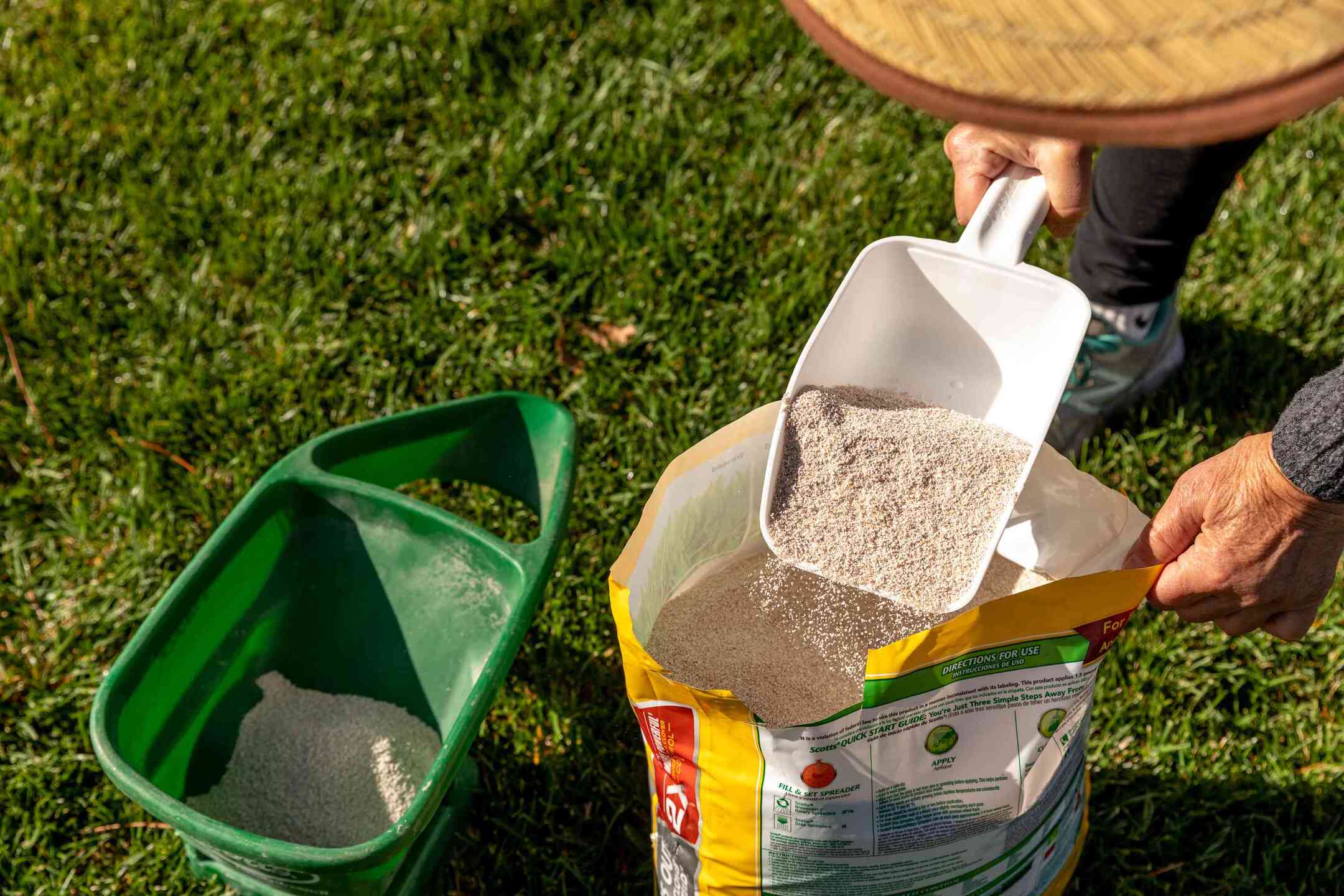

Garden Essentials
How Long After Grass Seed Can I Fertilize
Modified: March 27, 2024
Learn when is the right time to fertilize your garden after planting grass seed. Discover the optimal waiting period for optimal growth and results.
(Many of the links in this article redirect to a specific reviewed product. Your purchase of these products through affiliate links helps to generate commission for Storables.com, at no extra cost. Learn more)
Introduction
Gardeners and homeowners who have recently seeded their lawns often wonder how long they need to wait before fertilizing the newly seeded grass. Fertilizing the grass at the right time can help promote healthy growth, encourage root development, and establish a lush, green lawn. However, fertilizing too soon can have adverse effects on the young grass, leading to poor germination or even burning the delicate seedlings.
In this article, we will explore the factors to consider before fertilizing newly seeded grass, how long you should wait before applying fertilizer, signs that indicate the grass is ready for fertilization, the best fertilizer for newly seeded grass, proper techniques for fertilizing, and common mistakes to avoid. By understanding these guidelines, you’ll be able to nurture your newly seeded lawn effectively and enjoy the benefits of a vibrant and thriving grassy landscape.
Before we dive into the specific details, it’s important to note that the information provided here is general guidance. The timing and specific recommendations for fertilizing newly seeded grass may vary depending on factors such as the type of grass seed, climate conditions, and regional recommendations. It’s always advisable to consult with your local gardening expert or extension service for personalized advice tailored to your specific lawn.
Now, let’s explore the factors to consider before fertilizing newly seeded grass.
Key Takeaways:
- Wait 4-6 weeks after seeding before fertilizing newly seeded grass to ensure strong root development and avoid harming delicate seedlings.
- Look for signs like plant height, color, and root development to know when your grass is ready for fertilization. Choose a high-phosphorus, slow-release fertilizer for best results.
Read more: How Long After Fertilizing Should I Seed
Factors to Consider Before Fertilizing Newly Seeded Grass
While it’s tempting to rush into fertilizing your newly seeded grass, it’s crucial to consider a few factors before doing so. These factors will determine the readiness of the grass and ensure that the fertilizer application yields optimal results. Let’s take a look at some important considerations:
- Germination Time: Different types of grass seeds have varying germination periods. It’s essential to be patient and allow enough time for the grass seeds to sprout and establish strong roots before applying fertilizer. Typically, it takes anywhere from 7 to 21 days for grass seeds to germinate, but this can vary based on the grass species and environmental conditions.
- Soil Conditions: The quality and condition of the soil play a significant role in determining when to fertilize newly seeded grass. It’s important to ensure that the soil is well-prepared and has adequate nutrients to support healthy growth. Conduct a soil test to assess the pH level, nutrient deficiencies, and organic matter content. Based on the results, you can make informed decisions about the right time and type of fertilizer to use.
- Weather and Climate: Weather conditions can greatly impact the growth and development of newly seeded grass. Extreme heat or cold, heavy rainfall, or prolonged drought can stress the grass and affect its ability to absorb nutrients effectively. It’s best to wait for stable weather conditions, moderate temperatures, and consistent moisture levels before applying fertilizer.
- Seedling Growth: Before fertilizing, it’s crucial to observe the growth and development of the grass seedlings. The grass should have reached a certain height and density to handle the nutrients provided by the fertilizer. Look for healthy green color, well-established root systems, and uniform growth across the lawn. Avoid fertilizing if the grass appears weak, sparse, or unevenly distributed.
- Recommended Waiting Period: Many lawn care experts suggest waiting for at least 4 to 6 weeks after seeding before applying fertilizer. This waiting period allows the grass to establish a strong root system and ensures that the grass seedlings are robust enough to handle the fertilizer without any risk of damage. However, it’s important to check specific recommendations for your grass type and climate region.
By considering these factors and assessing the readiness of your newly seeded grass, you can determine the appropriate time for fertilization. Keep in mind that patience and careful observation are key to ensuring the long-term health and vitality of your lawn.
How Long to Wait Before Fertilizing After Seeding
Proper timing is crucial when it comes to fertilizing newly seeded grass. Waiting for the right timeframe allows the grass to establish strong roots and ensures the fertilizer application will be effective. While the specific waiting period may vary depending on several factors, here are some general guidelines to follow:
Typical Waiting Period: It is generally recommended to wait at least 4 to 6 weeks after seeding before applying fertilizer. During this time, the grass seeds will have enough time to germinate, establish root systems, and develop into healthy seedlings. Applying fertilizer before this period can potentially harm the young grass and impede its growth.
Seed Type: Different grass species have varying growth rates, and this can influence the waiting time before fertilization. For example, cool-season grasses like Kentucky bluegrass or tall fescue may take longer to establish compared to warm-season grasses like Bermuda grass or Zoysia grass. Consult the specific recommendations for your grass type to determine the appropriate waiting period.
Climate Conditions: The climate in your region can also impact the waiting time before fertilization. In areas with mild climates and even moisture levels, 4 to 6 weeks may be sufficient. However, in regions with extreme weather conditions or fluctuations, it may be necessary to wait longer to ensure the grass seedlings are strong and stable before introducing fertilizer.
Grass Growth: It’s important to observe the growth and health of the newly seeded grass before considering fertilization. The grass should have reached a certain height, with dense and uniform growth across the lawn. Additionally, the seedlings should have developed a well-established root system that can efficiently absorb and utilize the nutrients from the fertilizer. If the grass seems weak, sparse, or uneven, it’s best to delay fertilization until it shows signs of healthy growth.
Soil Conditions: Assessing the soil conditions is crucial when determining the waiting time before fertilization. Conduct a soil test to determine the pH level, nutrient deficiencies, and organic matter content. If the soil lacks essential nutrients or has imbalanced pH levels, it’s advisable to address these issues before introducing fertilizers. Waiting until the soil has been amended or treated appropriately will ensure that the grass can fully benefit from the added nutrients.
Remember, these are general guidelines, and the waiting period may differ based on specific factors such as grass type, climate, and soil conditions. Always refer to the recommendations of local experts or extension services for personalized advice tailored to your specific lawn.
Signs that Grass is Ready for Fertilization
Knowing when to fertilize your newly seeded grass is crucial to ensure the best possible results. Fertilizing at the right time will support healthy growth, enhance root development, and promote a lush, green lawn. Here are some key signs that indicate your grass is ready for fertilization:
- Plant Height: As the grass seedlings continue to grow, they will reach a certain height that indicates they are ready for fertilization. Generally, the grass should be at least 3-4 inches tall before applying fertilizer. This height ensures that the grass has developed a strong root system and can effectively absorb and utilize the nutrients provided by the fertilizer.
- Color and Density: When the grass seedlings are ready for fertilization, they will have a vibrant green color. The lawn will appear dense and uniform, with minimal bare patches or thin areas. Healthy grass indicates a robust root system and the ability to effectively utilize the nutrients from the fertilizer.
- Root Development: Fertilizing too early can harm the young seedlings, especially before their roots have developed sufficiently. Before applying fertilizer, gently dig into the soil to assess the root growth. Look for well-established roots that have spread throughout the soil. If the roots appear shallow or underdeveloped, it’s best to wait a little longer before applying fertilizer.
- Uniform Growth: Ideally, the grass should be growing evenly across the entire lawn. If you notice uneven growth, with some areas growing faster than others, it may be an indication that the grass is not yet mature enough for fertilization. Wait for more uniform growth before considering fertilization.
- Weed Growth: Weeds can compete with newly seeded grass for nutrients and resources. If you observe excessive weed growth in your lawn, it may be a sign that the grass is not yet ready for fertilization. Focus on weed control measures and wait until the grass has established itself before introducing fertilizers.
Remember, these signs are general guidelines, and the specific recommendations for your grass type and climate region may vary. It’s always beneficial to consult with local experts or extension services to ensure that you fertilize your newly seeded grass at the right time for optimal results.
Wait until the new grass has been mowed 3 times before fertilizing. This usually takes about 6-8 weeks. Fertilizing too soon can damage the young grass.
Best Fertilizer for Newly Seeded Grass
Choosing the right fertilizer for newly seeded grass is essential to provide the necessary nutrients for healthy growth and establishment. The right fertilizer will promote root development, enhance overall plant health, and contribute to a vibrant and lush lawn. Here are some factors to consider when selecting the best fertilizer for newly seeded grass:
Nutrient Composition: Newly seeded grass requires a fertilizer that is high in phosphorus (P), the nutrient responsible for promoting root development and seedling growth. Look for a fertilizer with a higher middle number on the label, indicating a higher concentration of phosphorus. For example, a fertilizer with a ratio of 10-20-10 or 5-10-5 would be suitable for newly seeded grass.
Slow-Release Formulation: Opt for a slow-release fertilizer when fertilizing newly seeded grass. Slow-release or controlled-release fertilizers gradually release nutrients over an extended period, providing a sustained supply of nutrition to the grass seedlings. This ensures that the nutrients are available to the grass as it continues to establish and grow, reducing the risk of burning or overwhelming the young plants.
Starter Fertilizers: Starter fertilizers are specifically designed for newly seeded or newly sodded lawns. They contain high levels of phosphorus and other essential nutrients to support seed germination, root development, and early growth. Starter fertilizers can provide a strong foundation for your newly seeded grass, helping it establish quickly and effectively.
Organic Fertilizers: If you prefer an organic approach, there are organic fertilizers available specifically formulated for newly seeded lawns. These fertilizers are derived from natural sources and typically contain a balanced blend of macronutrients and micronutrients. Organic fertilizers release nutrients gradually, promoting healthy growth and minimizing the risk of chemical burn.
Soil Test Recommendations: Conducting a soil test can provide valuable insights into the nutrient levels and deficiencies present in your soil. Based on the soil test results, you can choose a fertilizer that addresses specific nutrient needs. Soil tests can also help determine if any amendments or adjustments are required before fertilization.
When applying fertilizer to newly seeded grass, it’s important to follow the manufacturer’s instructions and use the recommended application rates. Overapplication of fertilizer can cause harm to the young grass seedlings. Always water the grass thoroughly after fertilization to ensure proper nutrient absorption and to prevent any potential fertilizer burn.
Remember that the specific fertilizer recommendation may vary based on the type of grass seed and local recommendations. Consult with a local gardening expert, extension service, or refer to the seed manufacturer’s recommendations for the best fertilizer options for your specific lawn.
Read more: How Long After Crabgrass Killer Can I Seed
Proper Techniques for Fertilizing Newly Seeded Grass
Fertilizing newly seeded grass requires proper techniques to ensure that the nutrients are effectively delivered to the young seedlings without causing any harm. Here are some guidelines to follow when fertilizing your newly seeded lawn:
1. Timing: Wait until the grass has reached the recommended height and has established a strong root system before applying fertilizer. Typically, this is around 4 to 6 weeks after seeding, but it’s important to refer to the specific recommendations for your grass type and climate region.
2. Preparation: Prior to fertilization, water the lawn thoroughly to ensure the soil is moist. This helps the fertilizer dissolve and penetrate into the root zone more effectively. If the soil is dry, it may be necessary to lightly irrigate the lawn a day or two before applying the fertilizer.
3. Even Application: Use a spreader to evenly distribute the fertilizer across the lawn. This ensures that each area receives a consistent amount of nutrients. Walking at a steady pace and overlapping each pass will help prevent uneven application and potential striping on the lawn.
4. Avoid Overapplication: Overapplying fertilizer can harm the young grass, leading to chemical burn or excessive growth that is difficult to manage. Follow the manufacturer’s instructions and apply the fertilizer at the recommended rates. More is not always better when it comes to fertilizing newly seeded grass.
5. Watering: After applying the fertilizer, water the lawn thoroughly. This helps dissolve the fertilizer and allows the nutrients to be absorbed by the soil and root system. Watering also flushes the fertilizer off the grass blades, minimizing the risk of burning the seedlings.
6. Frequency: Avoid excessive fertilization during the first year of establishing your lawn. Newly seeded grass is more sensitive and requires time to acclimate and develop robust roots. One or two applications of fertilizer during the growing season should be sufficient to provide the necessary nutrients.
7. Follow-Up Care: In addition to fertilization, continue to provide proper care for your newly seeded lawn. Regular watering, mowing, and weed control measures will support healthy growth and development. Avoid heavy foot traffic and try to minimize any disturbances to allow the grass to establish effectively.
By following these proper techniques for fertilizing newly seeded grass, you can help ensure the success of your lawn’s establishment. Remember, it’s always beneficial to consult with local gardening experts or extension services for personalized advice tailored to your specific lawn and region.
Common Mistakes to Avoid When Fertilizing Newly Seeded Grass
Fertilizing newly seeded grass requires careful attention to ensure the best results. Avoiding common mistakes can help prevent damage to the young seedlings and promote healthy growth. Here are some common mistakes to avoid when fertilizing your newly seeded lawn:
1. Fertilizing Too Early: One of the most common mistakes is fertilizing before the grass seedlings have had enough time to establish strong root systems. Applying fertilizer too early can overwhelm the young plants and impede their growth. Wait until the grass has reached the recommended height and has developed a healthy root system before introducing fertilizer.
2. Overapplication of Fertilizer: Applying too much fertilizer can harm the young grass by burning the seedlings or causing excessive growth. Follow the manufacturer’s instructions and apply the recommended amount of fertilizer based on your lawn’s size. More is not always better when it comes to fertilizing newly seeded grass.
3. Uneven Application: Unevenly applying fertilizer can lead to inconsistent growth and color across your lawn. Use a spreader or a calibrated sprayer to ensure even distribution of the fertilizer. Walking at a steady pace and overlapping each pass will help prevent striping and ensure uniform coverage.
4. Neglecting Soil Preparation: Fertilizing newly seeded grass on poorly prepared soil can hinder the effectiveness of the fertilizer. Before seeding, ensure the soil is properly amended with organic matter and nutrients based on a soil test. This creates an optimal environment for the young grass seedlings to establish and make use of the added fertilizer.
5. Fertilizing in Unsuitable Weather Conditions: Fertilizing during extreme heat, drought, or heavy rainfall can stress the young grass seedlings. Wait for stable weather conditions with moderate temperatures and even moisture levels before applying fertilizer. This allows the grass to effectively absorb and utilize the nutrients without causing unnecessary stress.
6. Fertilizing with the Wrong Type of Fertilizer: Using the wrong type of fertilizer can negatively affect the growth and development of newly seeded grass. Use a fertilizer specifically formulated for newly seeded lawns or one that is high in phosphorus (the middle number on the fertilizer label). Consider using a slow-release or controlled-release fertilizer to provide a steady supply of nutrients over time.
7. Neglecting Proper Watering: Proper watering is crucial after fertilizer application to ensure the nutrients are absorbed by the soil and root system. Water the lawn immediately after fertilizing to dissolve the fertilizer and prevent any potential burn on the grass blades. Continue to water the lawn regularly to keep it adequately hydrated and support healthy growth.
By avoiding these common mistakes, you can ensure the successful establishment and growth of your newly seeded lawn. Remember to follow proper techniques, consider the specific needs of your grass type, and consult with local experts or extension services for personalized advice tailored to your specific lawn and region.
Conclusion
Fertilizing newly seeded grass is a critical step in establishing a healthy, vibrant lawn. By considering the factors discussed in this article, such as the germination time, soil conditions, climate, and signs of readiness, you can determine the appropriate waiting period before fertilizing. The best fertilizer for newly seeded grass is one that is high in phosphorus, slow-release, and suited to the specific nutrient needs of your soil. Proper techniques, including even application, timing, and watering, ensure that the nutrients are delivered effectively without causing harm to the young seedlings.
It’s important to avoid common mistakes such as fertilizing too early, overapplication, uneven distribution, neglecting soil preparation, applying fertilizer in unsuitable weather conditions, using the wrong type of fertilizer, or neglecting proper watering. By understanding these pitfalls and taking the necessary precautions, you can mitigate risks and maximize the benefits of fertilization.
Remember, the information provided in this article serves as general guidance. It’s always best to consult with local gardening experts or extension services for personalized advice aligned with your specific lawn and regional recommendations. Following these guidelines will help ensure the successful establishment and long-term health of your newly seeded grass, resulting in a beautiful, lush, and resilient lawn that you can enjoy for years to come.
Frequently Asked Questions about How Long After Grass Seed Can I Fertilize
Was this page helpful?
At Storables.com, we guarantee accurate and reliable information. Our content, validated by Expert Board Contributors, is crafted following stringent Editorial Policies. We're committed to providing you with well-researched, expert-backed insights for all your informational needs.
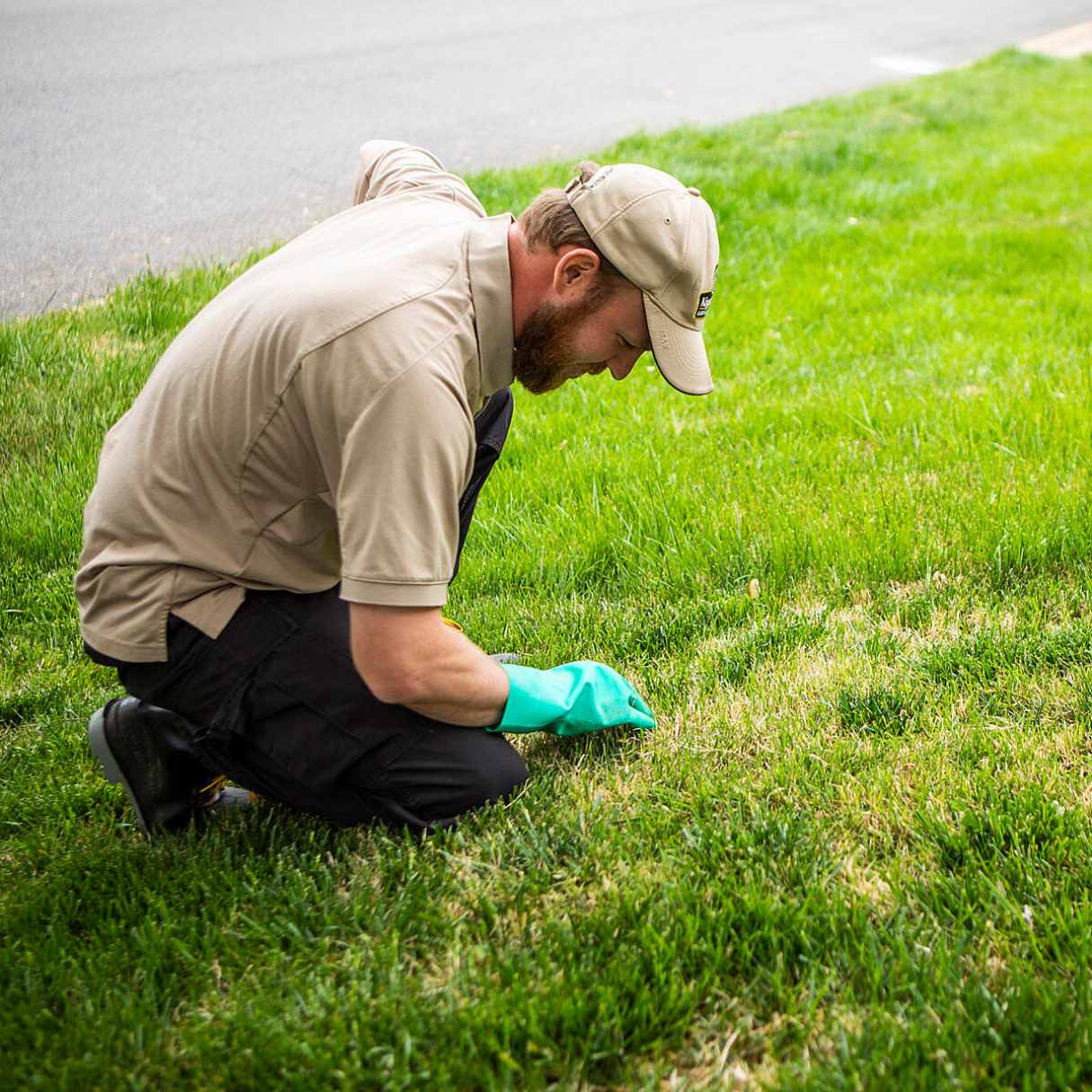
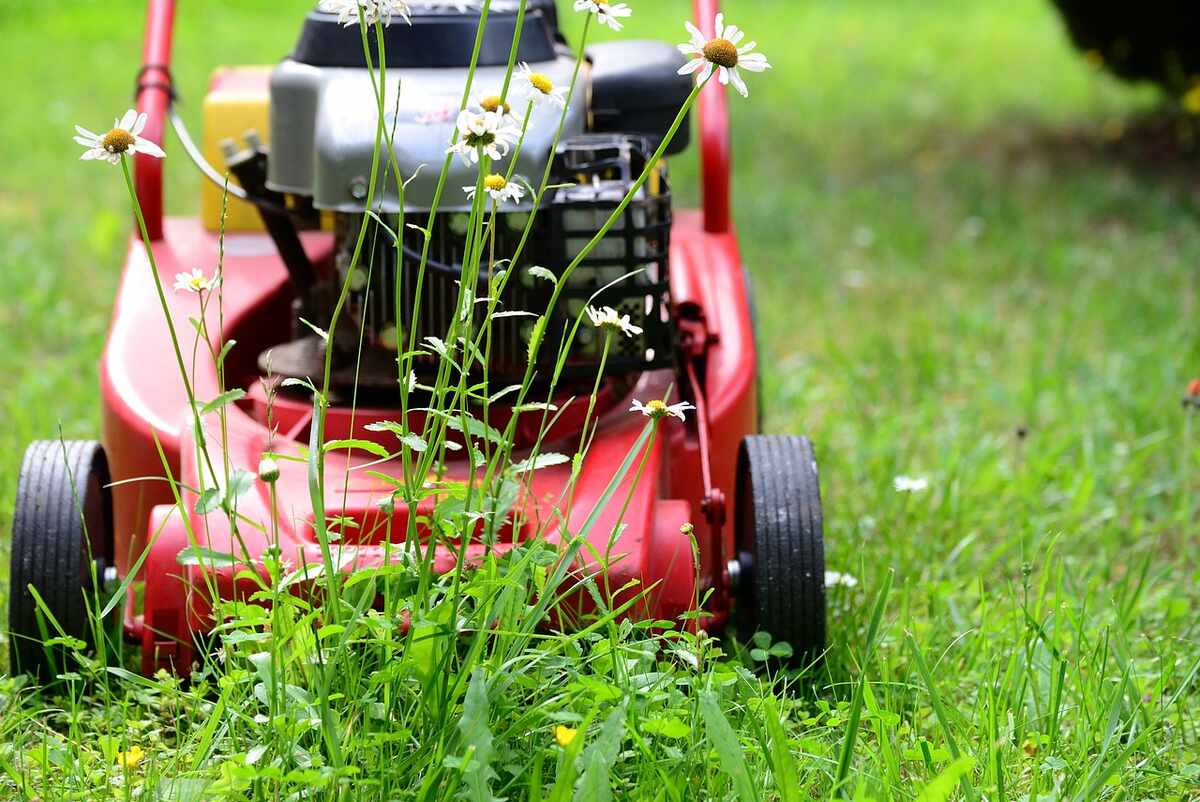
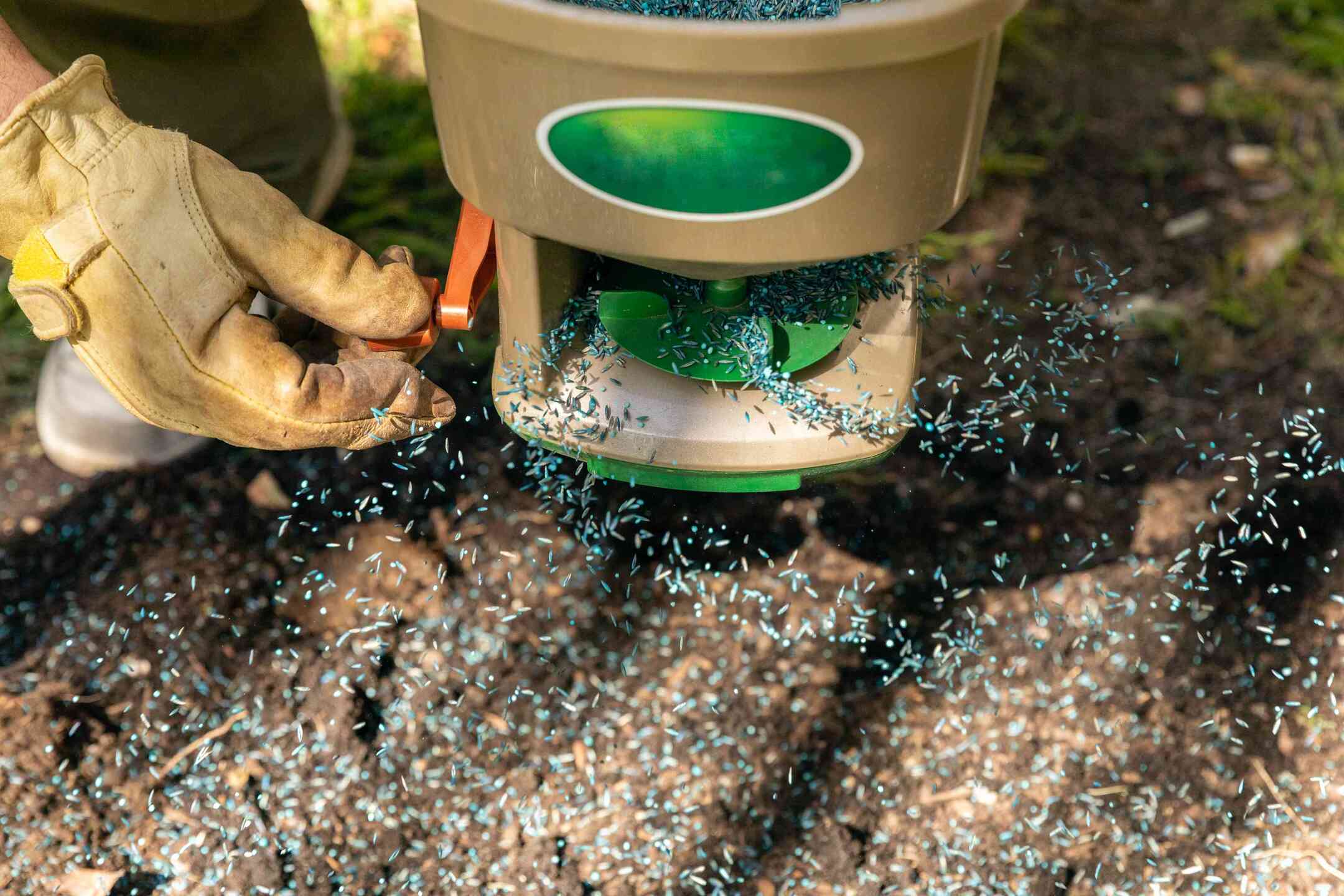
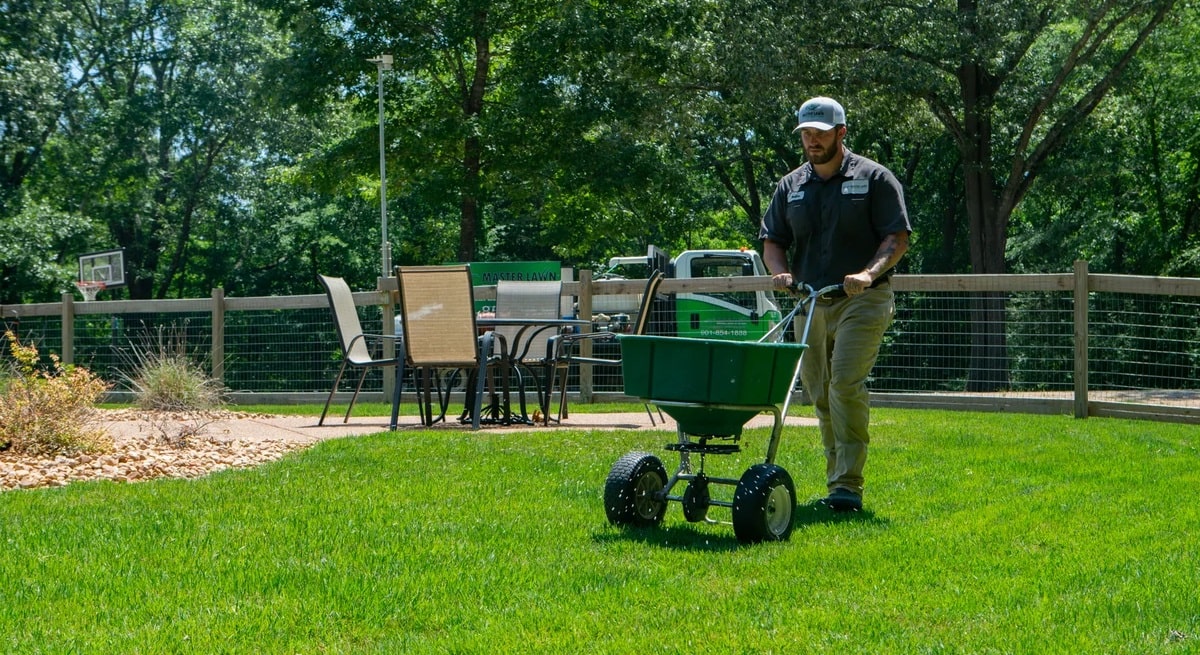
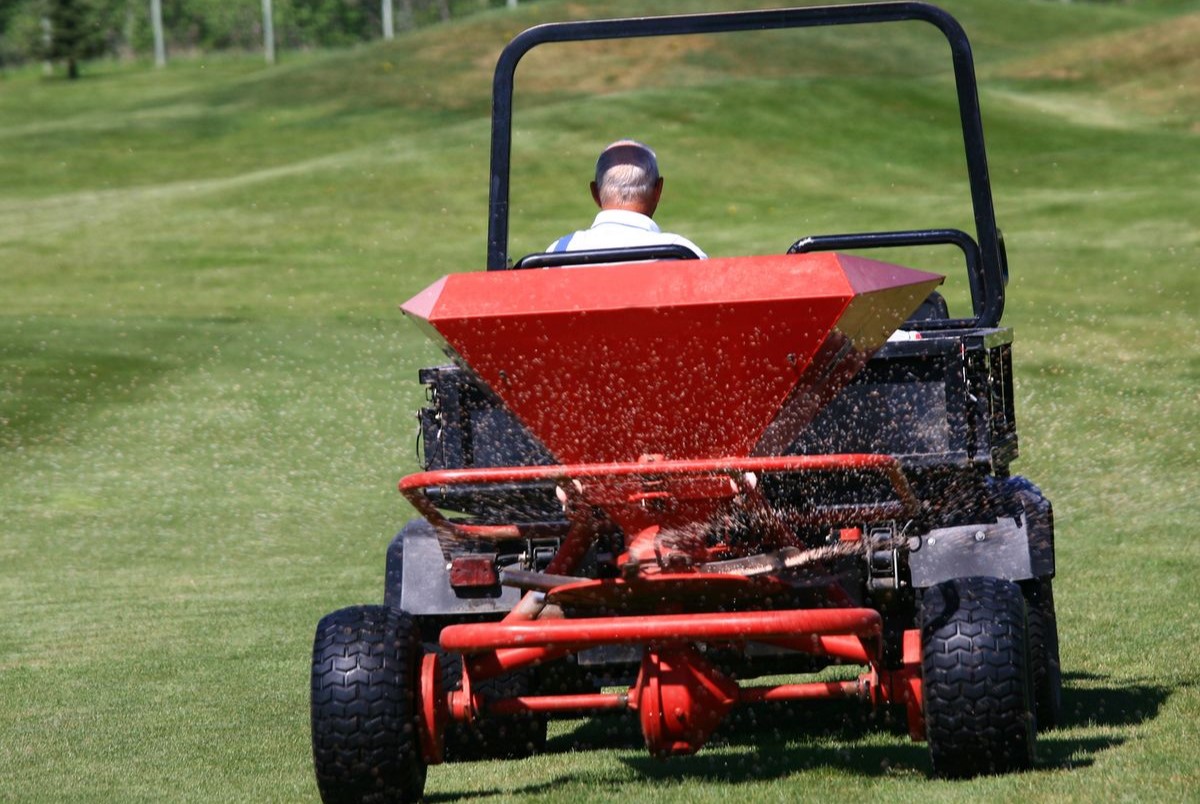
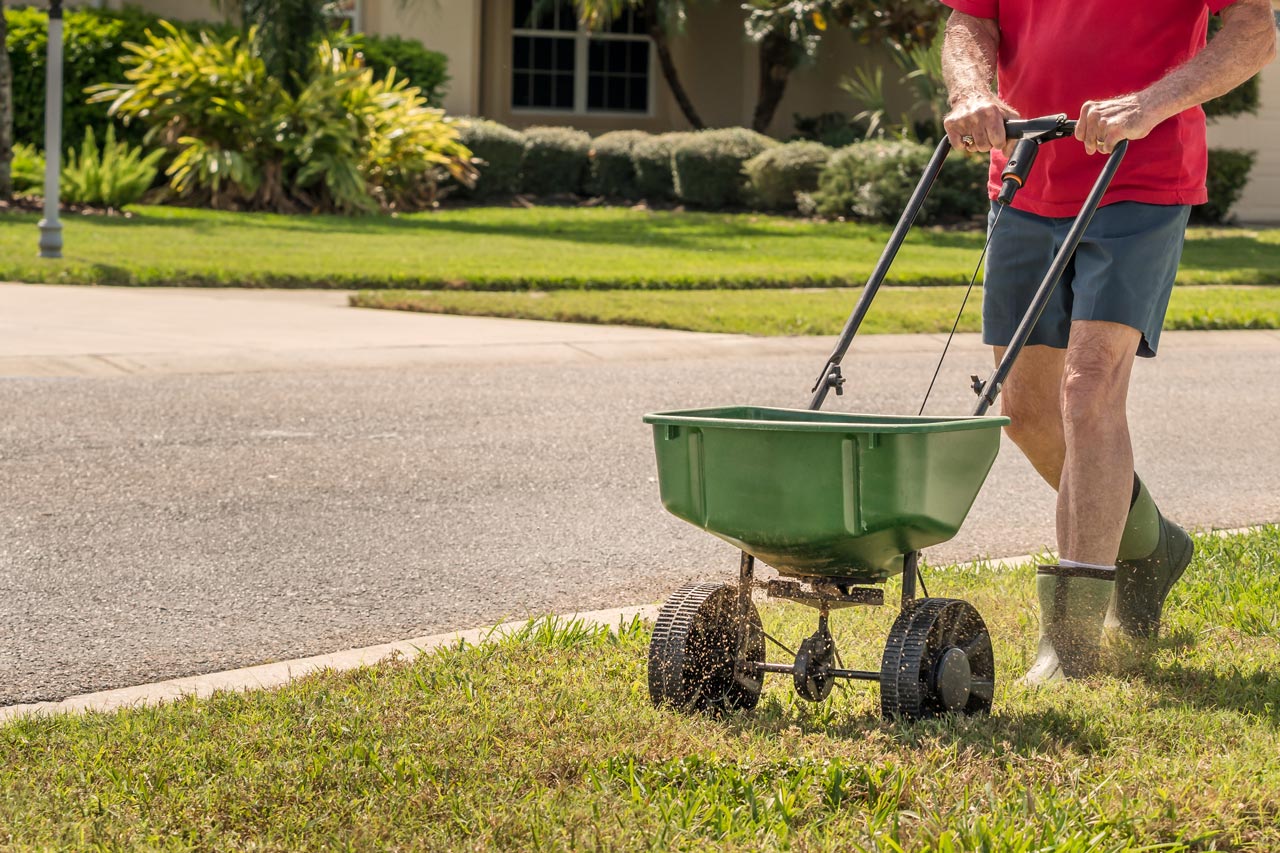
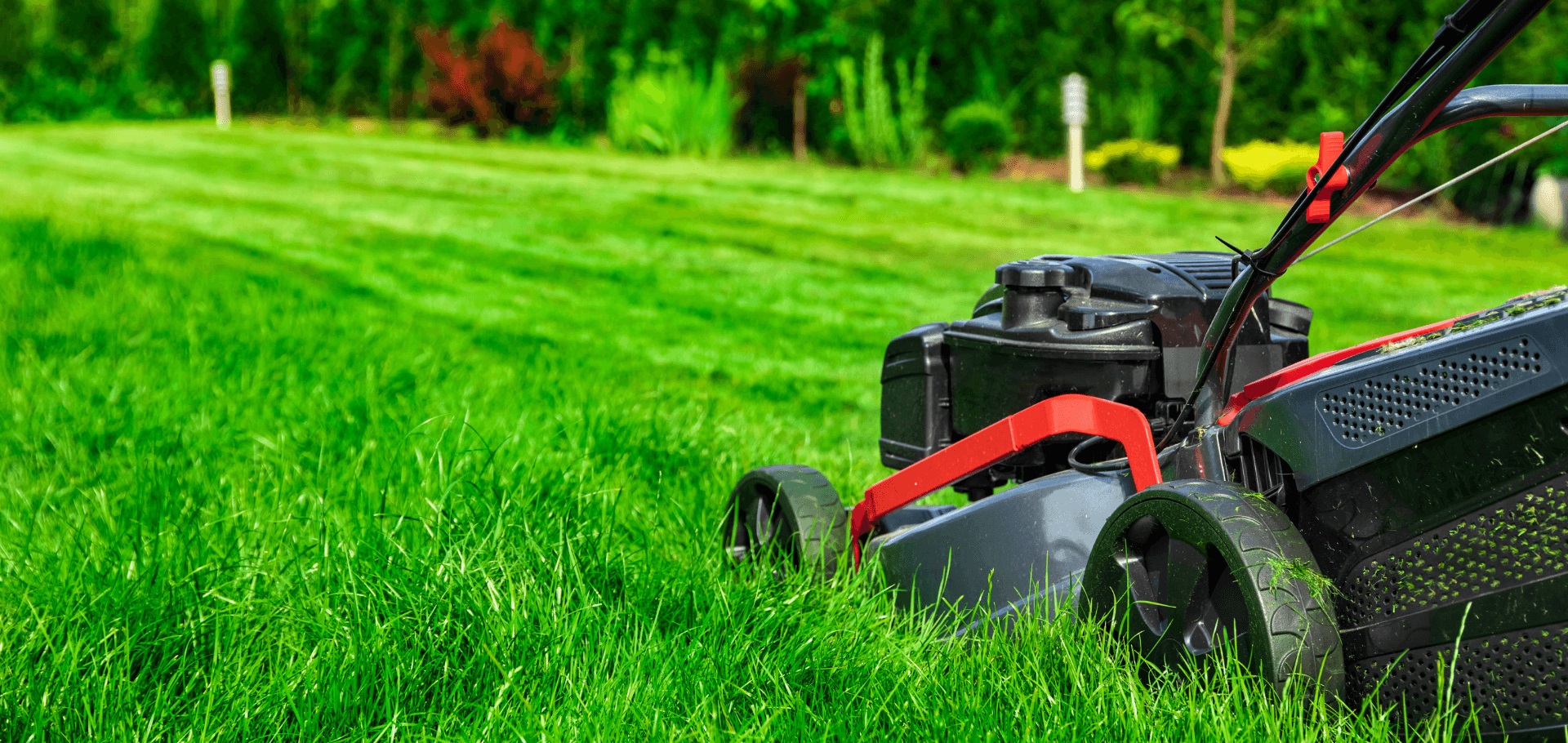
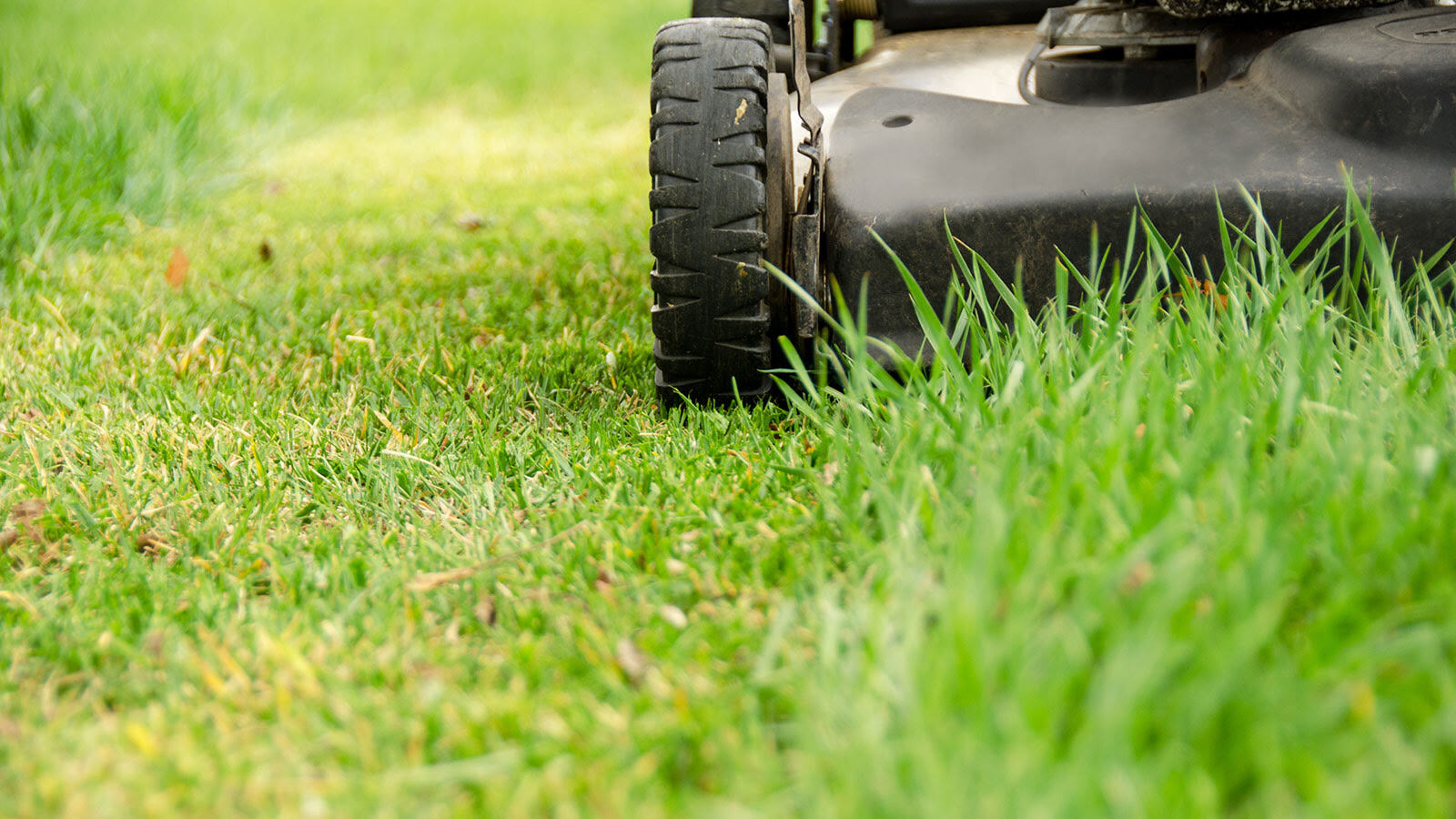


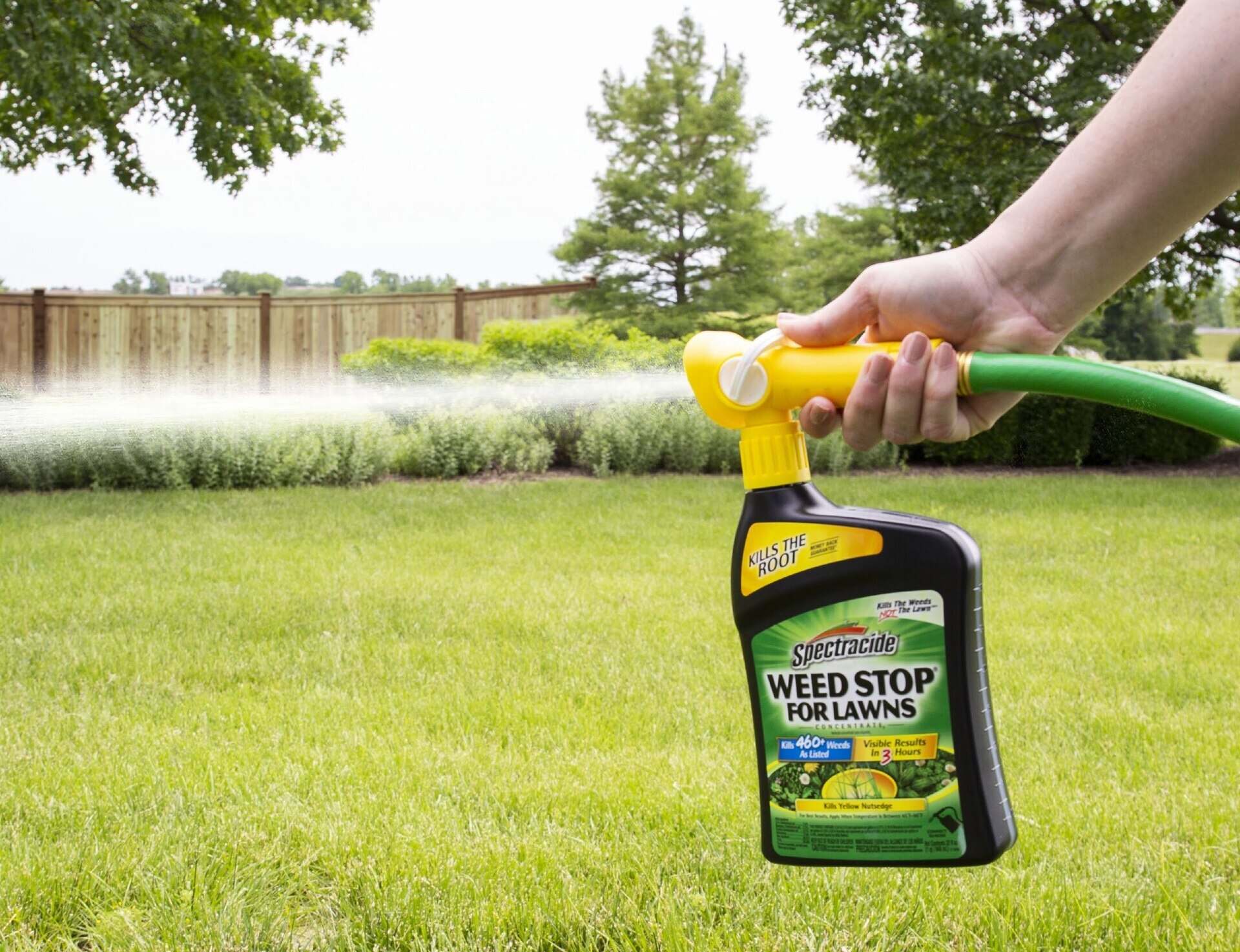

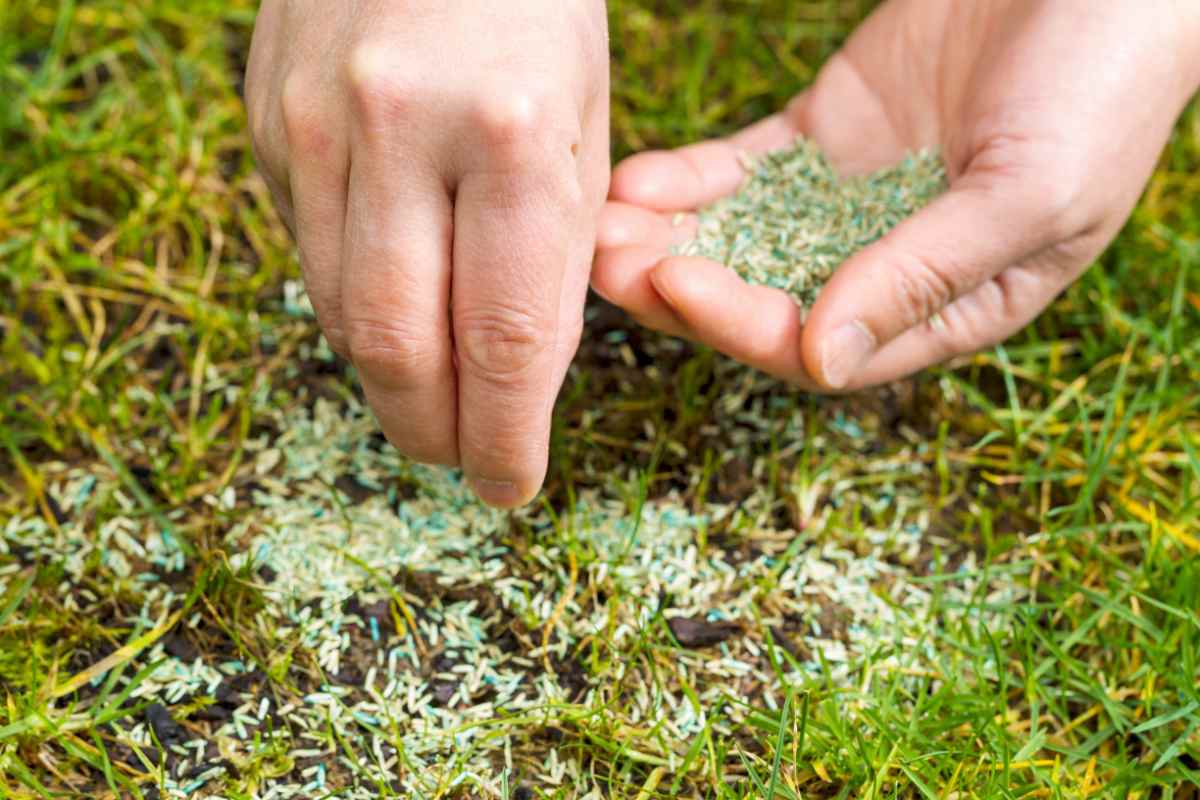


0 thoughts on “How Long After Grass Seed Can I Fertilize”